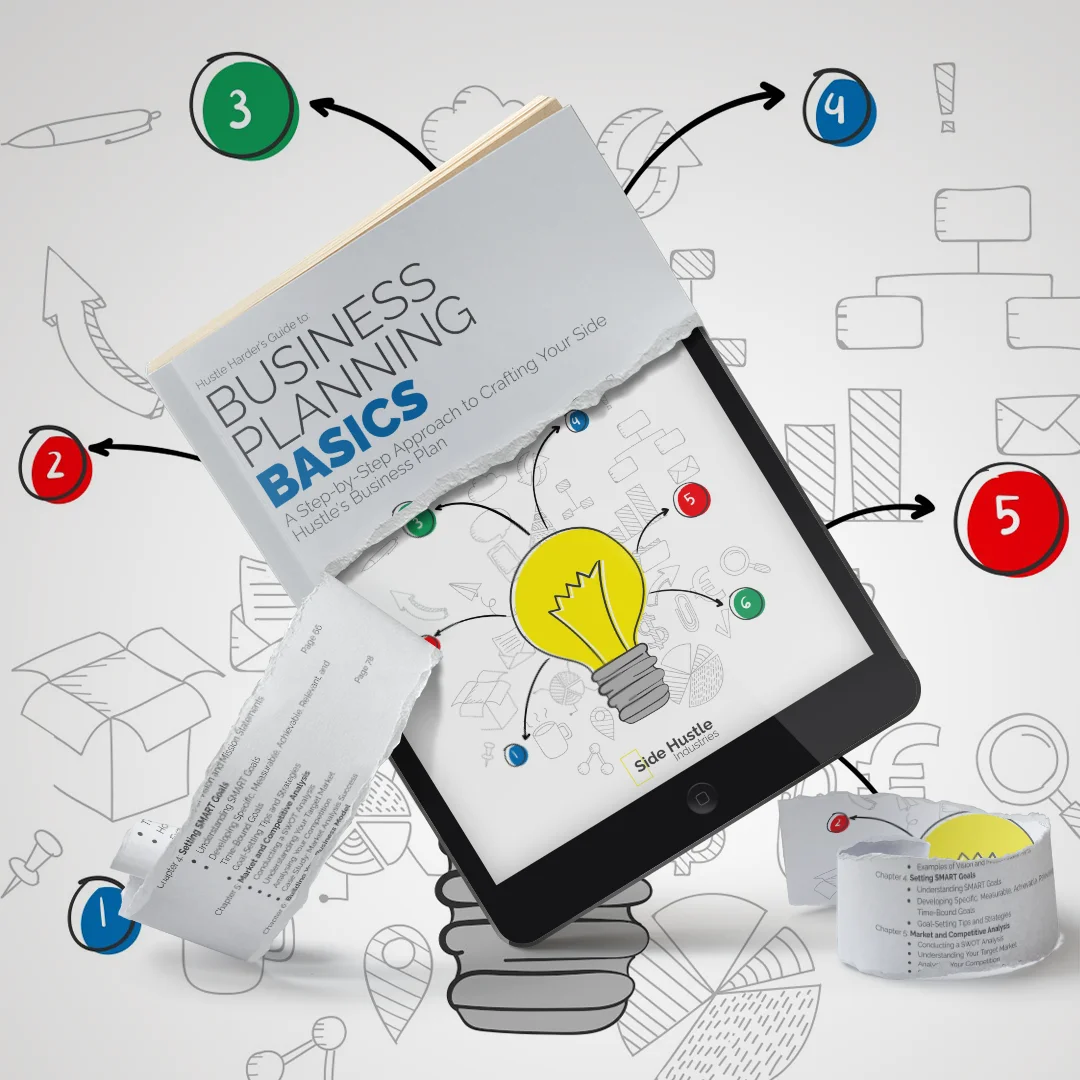
Income projections and cash flow forecasts are integral components of your business’s financial planning. These tools provide valuable insights into your business’s expected revenue, expenses, and cash flow patterns, helping you make informed decisions and maintain financial stability. In this article, we’ll explore the importance of income projections and cash flow forecasts, how to create them, and their role in your overall financial strategy.
The Importance of Income Projections
Income projections, also known as revenue forecasts, estimate the revenue your business expects to generate over a specific period, typically on a monthly, quarterly, or annual basis. These projections are vital for several reasons:
- Financial Planning: Income projections serve as a foundational element for your financial planning. They help you set targets and allocate resources effectively.
- Budgeting: Income projections guide your budgeting process by providing revenue goals to align with your expenses.
- Resource Allocation: Accurate income projections assist in determining how much you can allocate to marketing, operations, and other business functions.
- Investor Relations: Investors and lenders often request income projections to evaluate the financial feasibility of your business. These projections can inspire investor confidence.
- Performance Evaluation: As your business operates, income projections become a benchmark to evaluate your actual financial performance. Comparing your projections to your real revenue helps you track progress and make necessary adjustments.

Creating Income Projections
To create income projections, follow these steps:
Identify Revenue Sources:
Begin by identifying all potential revenue sources for your business. This might include sales of products or services, subscription fees, advertising revenue, or affiliate income.
Pricing Strategy:
Determine the pricing strategy for your offerings. Consider how changes in pricing may impact your revenue. For example, lowering prices may lead to increased sales volume, while raising prices could boost profit margins.
Sales Forecast:
Based on your pricing strategy and market research, create a sales forecast. Estimate the number of units or services you expect to sell, and calculate your total sales revenue. Be sure to account for seasonality if it applies to your business.
Customer Acquisition:
If your business relies on acquiring new customers, consider the cost of customer acquisition. Your sales and marketing expenses will play a role in your income projections.
Repeat Business:
If your business benefits from repeat customers, project how often existing customers will return and the revenue they’ll generate through repeat purchases.
Payment Terms:
Consider the terms of payment your business uses. For example, if you offer credit terms to customers, your income projections should reflect when you’ll receive payments.
New Market Opportunities:
Identify any new market opportunities that could drive additional revenue. This might involve expanding your product line, entering new markets, or offering complimentary services.
Market Trends:
Stay attuned to market trends and consumer behaviour. Market shifts can impact your revenue potential, and adjusting your income projections accordingly is essential.
Competitive Analysis:
Analyse your competitors and their pricing strategies. This information can help you adjust your projections to remain competitive.
The Significance of Cash Flow Forecasts
Cash flow forecasts predict the movement of cash in and out of your business over a specific period, usually a month or quarter. A cash flow forecast is essential for various reasons:
- Liquidity Management: Cash flow forecasts provide insights into your business’s liquidity. They help you manage cash reserves to cover expenses, investments, and debts.
- Emergency Preparedness: Forecasts allow you to plan for emergencies or unexpected expenses that may affect your business’s cash position.
- Working Capital Management: Cash flow forecasts assist in managing working capital. You can optimise cash flow to ensure you have the funds necessary for daily operations.
- Debt Service: If your business has loans or credit lines, cash flow forecasts help you schedule payments and ensure you have the funds to meet your financial obligations.
- Growth and Expansion: Cash flow projections are critical when considering growth or expansion opportunities. They help you determine how much additional capital is needed to fuel expansion.
Creating Cash Flow Forecasts
To create cash flow forecasts, follow these steps:
Open with Beginning Cash Balance:
Start your cash flow forecast with the opening cash balance at the beginning of the period. This is typically the balance you have at the end of the previous period.
Inflows:
Identify the sources of cash inflow. This includes revenue from sales, investments, loans, or any other sources of cash.
Outflows:
List all anticipated cash outflows. This includes expenses such as rent, utilities, salaries, marketing costs, loan payments, and supplier payments.
Timing of Cash Flows:
Specify when you expect these cash flows to occur. Some inflows and outflows may not happen evenly throughout the month, so timing is crucial for a precise cash flow forecast.
Contingency and Emergency Fund:
Allocate a portion of your forecast to a contingency fund or emergency reserve. This fund provides a cushion to cover unexpected expenses or income shortfalls.
Debt Service:
If your business has outstanding loans or credit, include scheduled loan repayments in your forecast.
Accounts Receivable and Accounts Payable:
Factor in the time it takes to receive payments from customers and make payments to suppliers. This helps you align your cash flow more accurately with your income and expenses.
Regular Review:
Update your cash flow forecasts regularly and compare them to your actual cash flow. Make adjustments as needed to stay on top of your financial health.

The Role of Income Projections and Cash Flow Forecasts in Financial Strategy
Income projections and cash flow forecasts play integral roles in your overall financial strategy:
- Resource Allocation: They assist in allocating resources effectively by ensuring you have enough cash on hand to cover expenses and invest in growth.
- Budgeting: Income projections and cash flow forecasts serve as cornerstones for budget creation. They help you create a budget that aligns with your expected revenue and cash flow.
- Decision-Making: They provide insights for decision-making, helping you make informed choices about resource allocation, marketing strategies, and expansion opportunities.
- Investor Relations: Income projections and cash flow forecasts instil confidence in investors, showcasing your understanding of your business’s financial performance.
- Adaptation: Regularly comparing your projections to actual performance allows you to adapt to changing market conditions and respond to unforeseen financial challenges.
Income projections and cash flow forecasts are essential tools in your financial planning arsenal. They provide valuable insights into your business’s expected financial performance and liquidity. Accurate projections help you make informed decisions, secure funding, and navigate the dynamic world of entrepreneurship with confidence. Regularly reviewing and updating these projections ensures your financial strategy remains aligned with your business’s goals and the ever-changing business landscape.

*Also available on Amazon in Kindle, Soft Cover & Hard Cover formats. —> Click Here.
